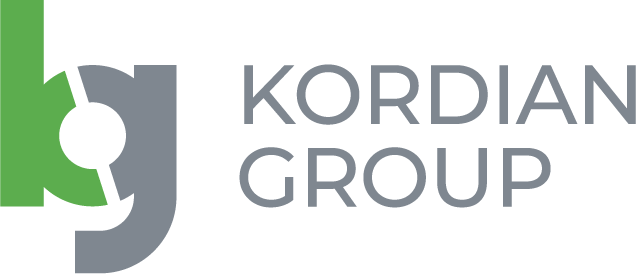OUR SERVICES
SPOT Commercial Due Diligence

Quick Take
- Commercial analysis of the business in the marketplace.
- Comprehensive research performed on-site through interviews and data analysis.
- Organizational structure including spread, layers and delegation matrix.
- Product portfolio and marketplace.
- Operations including production/delivery, logistics, procurement, HR, governance.
External analysis
The external commercial analysis phase of the SPOT engagement deals with market, market position and competition elements of the particular business. This is accomplished by conducting and presentation of agreed-upon analyses in these areas:
Market analysis
- Customer’s domain – core markets overview including target segments, growth factors and market trends
- Identification of current corporate global vision of the domain and key success factors in core markets
- Identification of potential impact of legislative development/enforcement
- Cost-to-market – identification of infrastructure development required to develop/deploy solutions
- Historic and forecasted sales results on the market in terms of volume and value by product and service groups/segments (market sizing)
- Market division by products value proposition, distribution channels and add-on products
- Identification of potential partnerships opportunities
Competition analysis
- Identification and analysis of main players on the market, substitution risk analysis
- Analysis of market shares of main players
- Overall description of selected competitors’ strategies and their implications
- Basic market segmentation and allocation of main players to particular segments
- Product portfolio analysis of major competitors
- Distribution strategy analysis of selected competitors
Market position and development potential
- Evaluation of current competitive position and its implications for the future
- Preliminary evaluation of growth potential in the markets, taking into account results of market and competition analysis
- Preliminary estimation of growth potential
Internal analysis
The internal commercial analysis phase of the SPOT engagement deals with evaluating feasibility of the development plans presented by the client in the context established by external analysis phase. This is accomplished through reports, which may cover the following areas:
Strategy and target position
- Verification of business plan assumptions
- Evaluation of strategic plans concerning market development, businesses and product portfolio, future market position
- Overall evaluation of envisaged changes and resources assigned to the realization of development plans
- Identification of potential long-term risks, which may influence company value while carrying out development plans
Sales and distribution
- Current sales organization and distribution model
- Review of current client portfolio
- Penetration level of distribution channels and geographic regions
- Efficiency of sales force, sales support and customer service
- Existing KPIs, evaluation and motivation systems for sales force
- Available sales tools
Business model evaluation
- Profitability of individual product groups and products
- Profitability of distribution channels
- Profitability of non-core business
- Costs of distribution
- Working capital requirements evaluation
- Administrative costs, including real estate
- Key assets
Marketing and Innovations
- Trade offer including delivery and payment conditions
- Price and discount policy
- Marketing expenditures
- Organization of marketing functions
- Process of new products development and innovation introduction
- Product development cost vs. results achievable due to position changes matrix
Organizational effectiveness
- Organization structure – rightsizing the organization
- Number of organization layers and spread of management
- Delegation, empowerment and management style
- Internal communication and its effectiveness
- Organizational culture and its impact on effectiveness
Business process effectiveness
- Organizational approach to process management
- Process and quality management system: ISO 9000, Six Sigma, Kaizen
- Integrity and interoperability of processes within organization
- Identification of redundancies and failures
- Rationalization of enterprise assets
- Acceleration of improvement and change management
- Mitigation of operational risk
- Business innovation
Structured delivery
The aim is not merely to deliver the reports, but to communicate findings. This is why all reports comprising the engagement are submitted for comments to appropriate people within the target organization, followed by the final document presentation and Q&A session for each report, to ensure all findings and implications are correctly understood and can be used in a meaningful way by the management.


